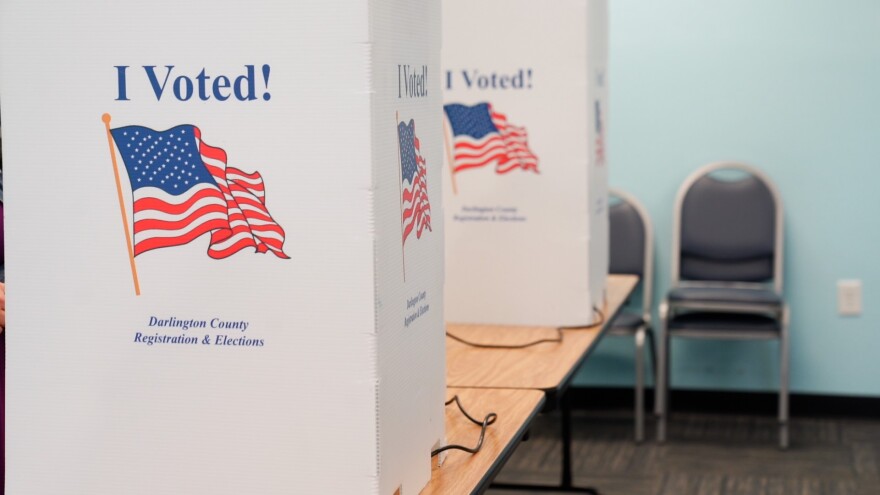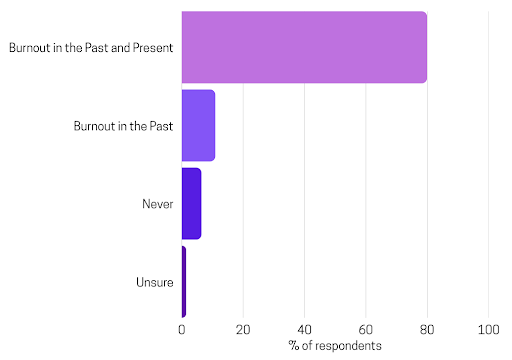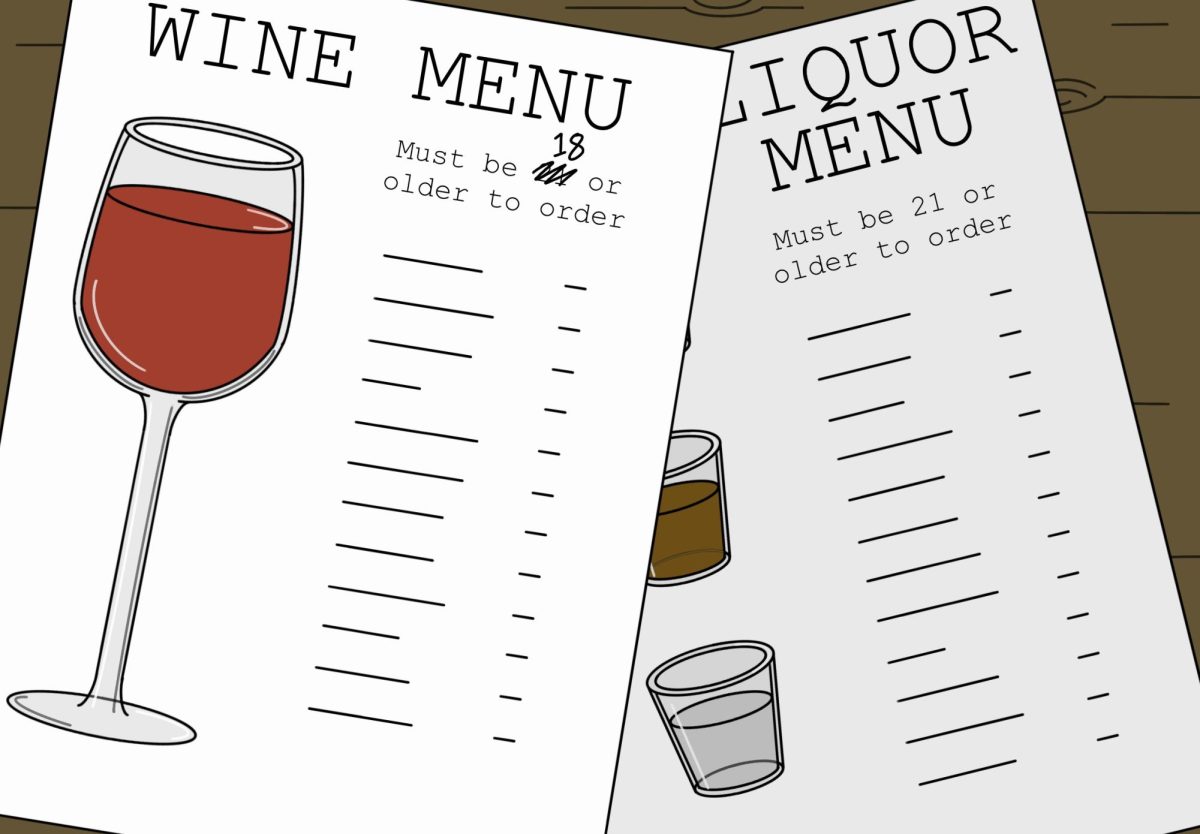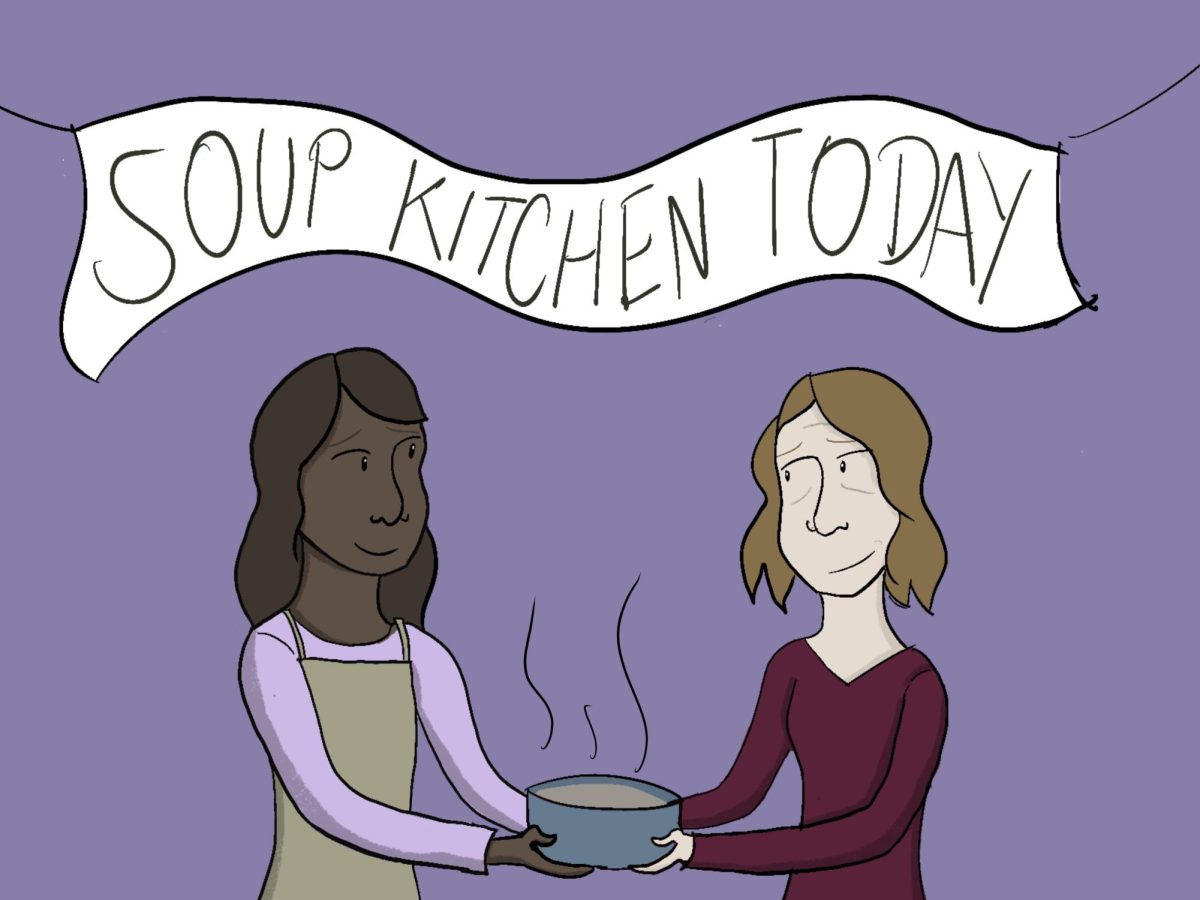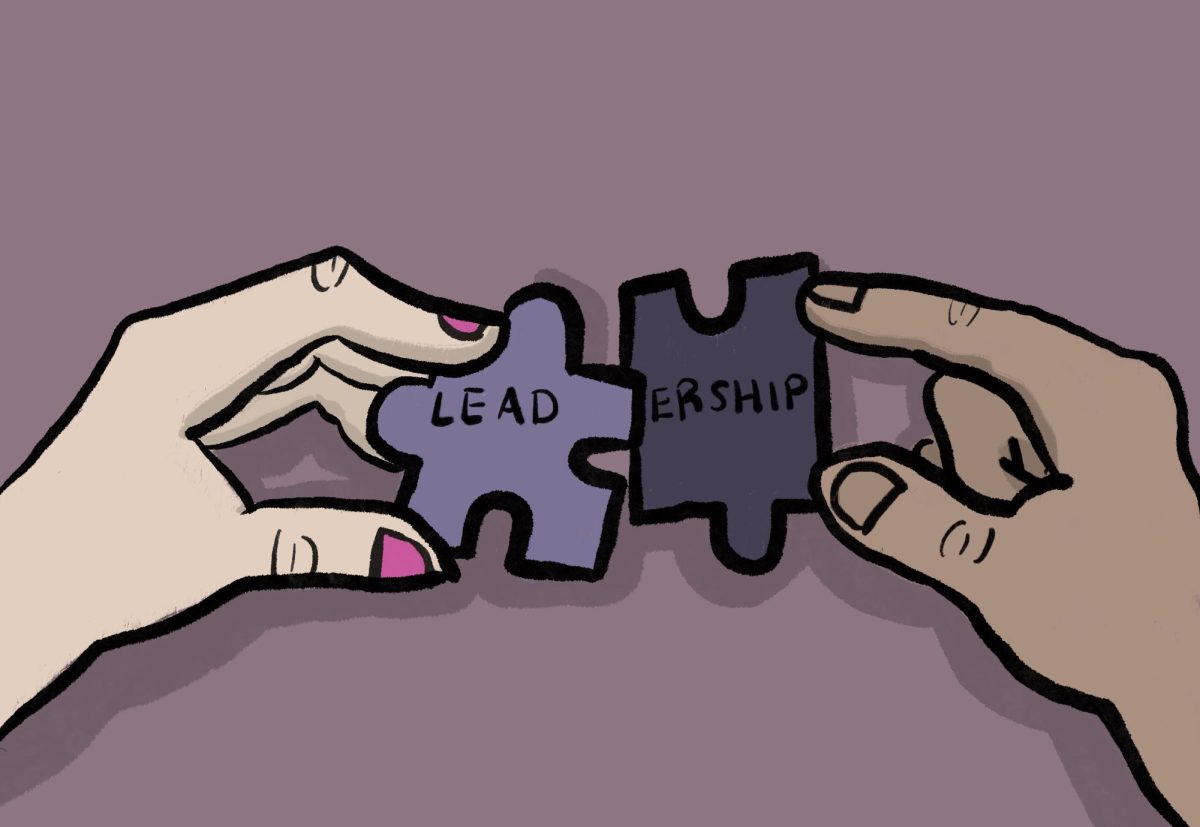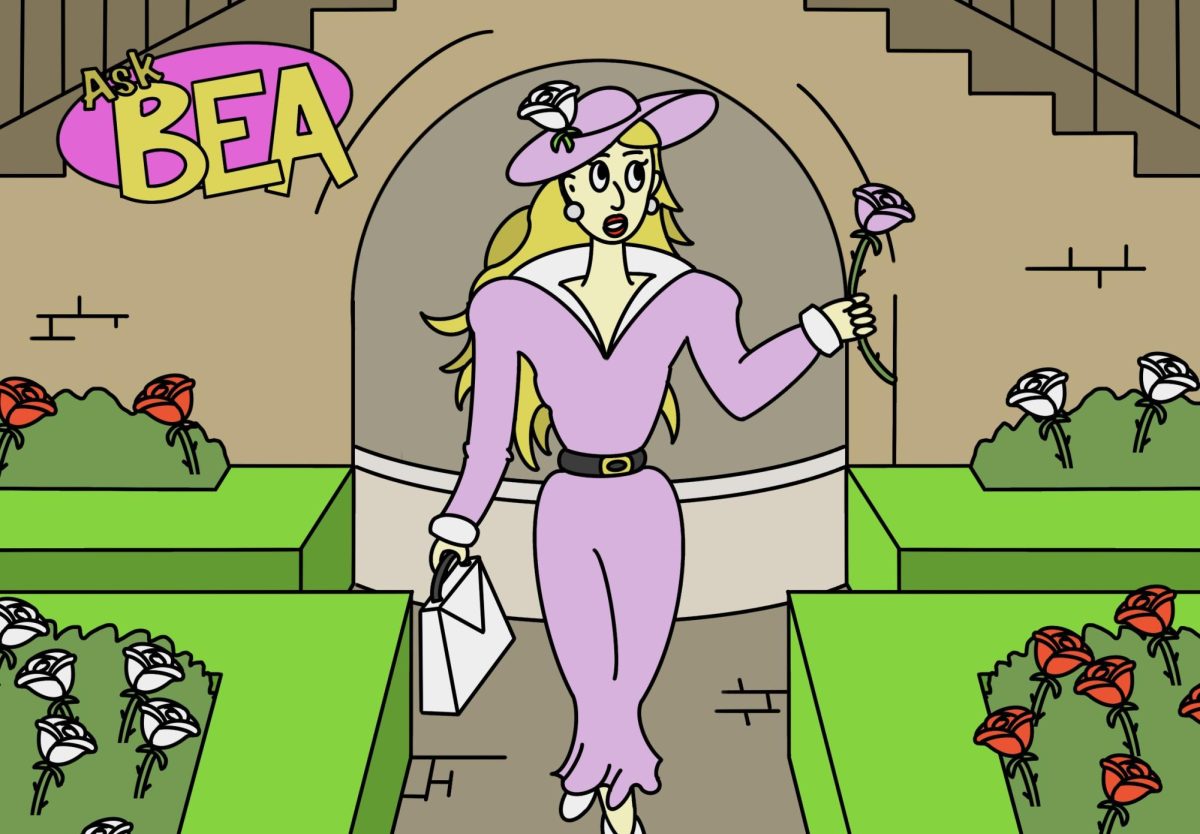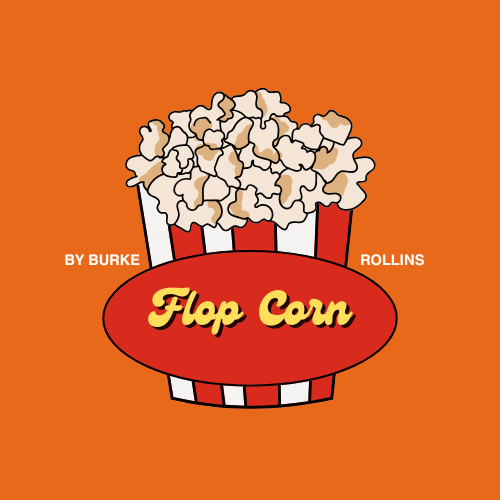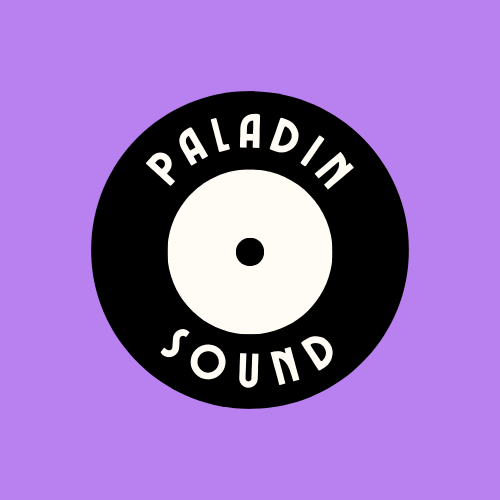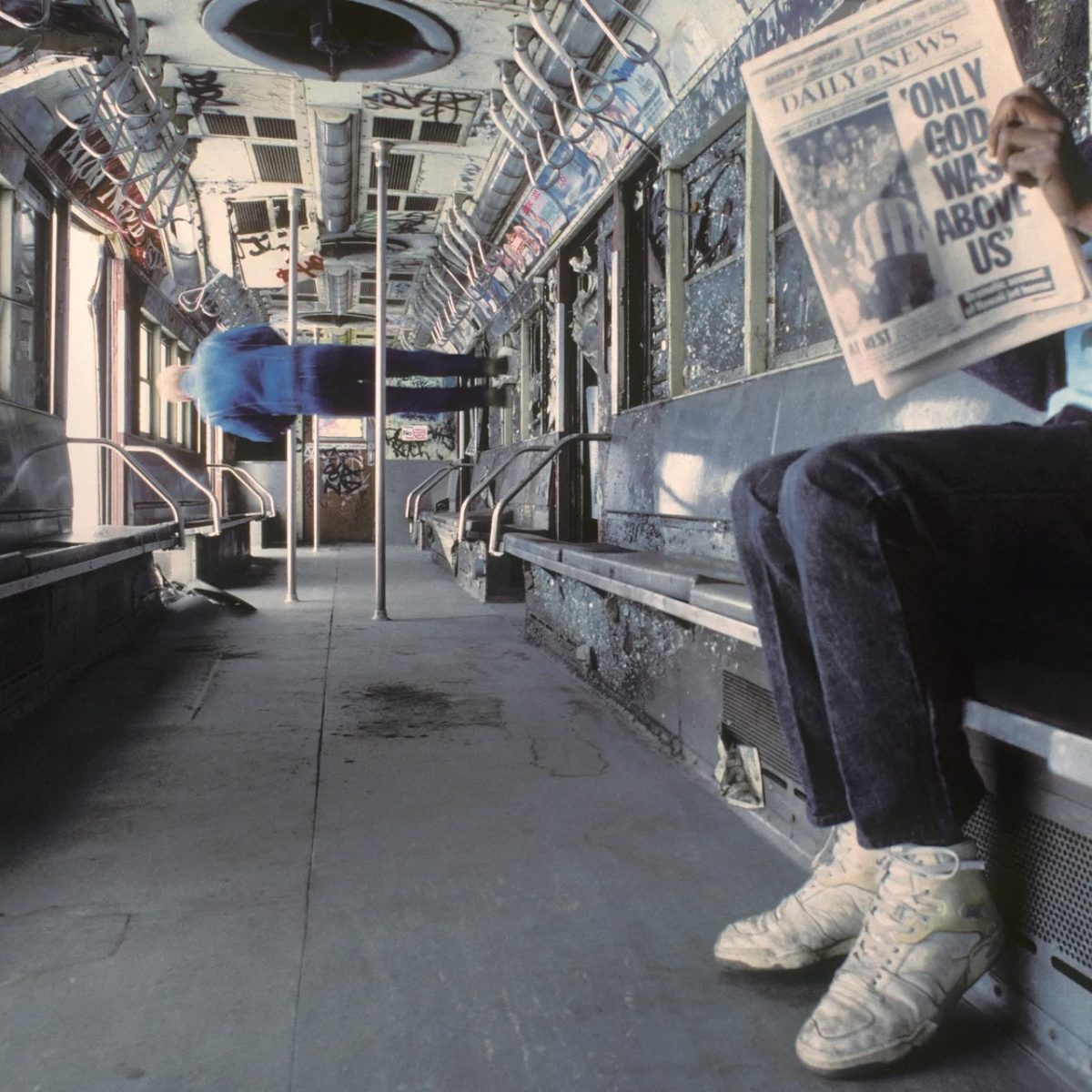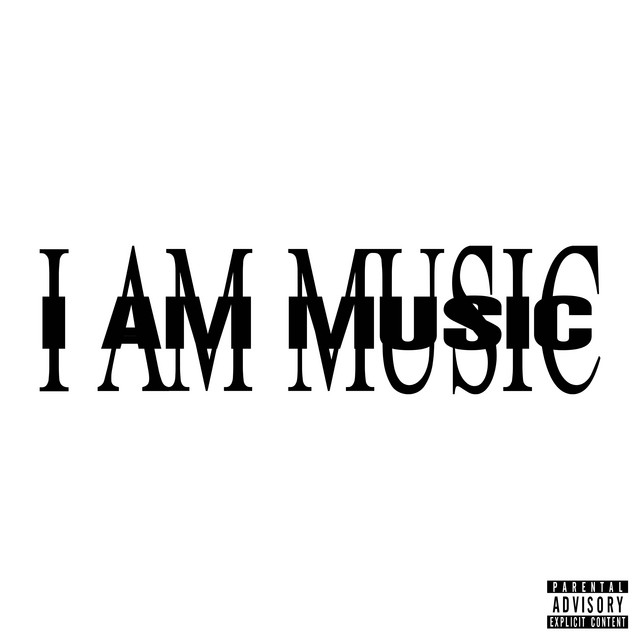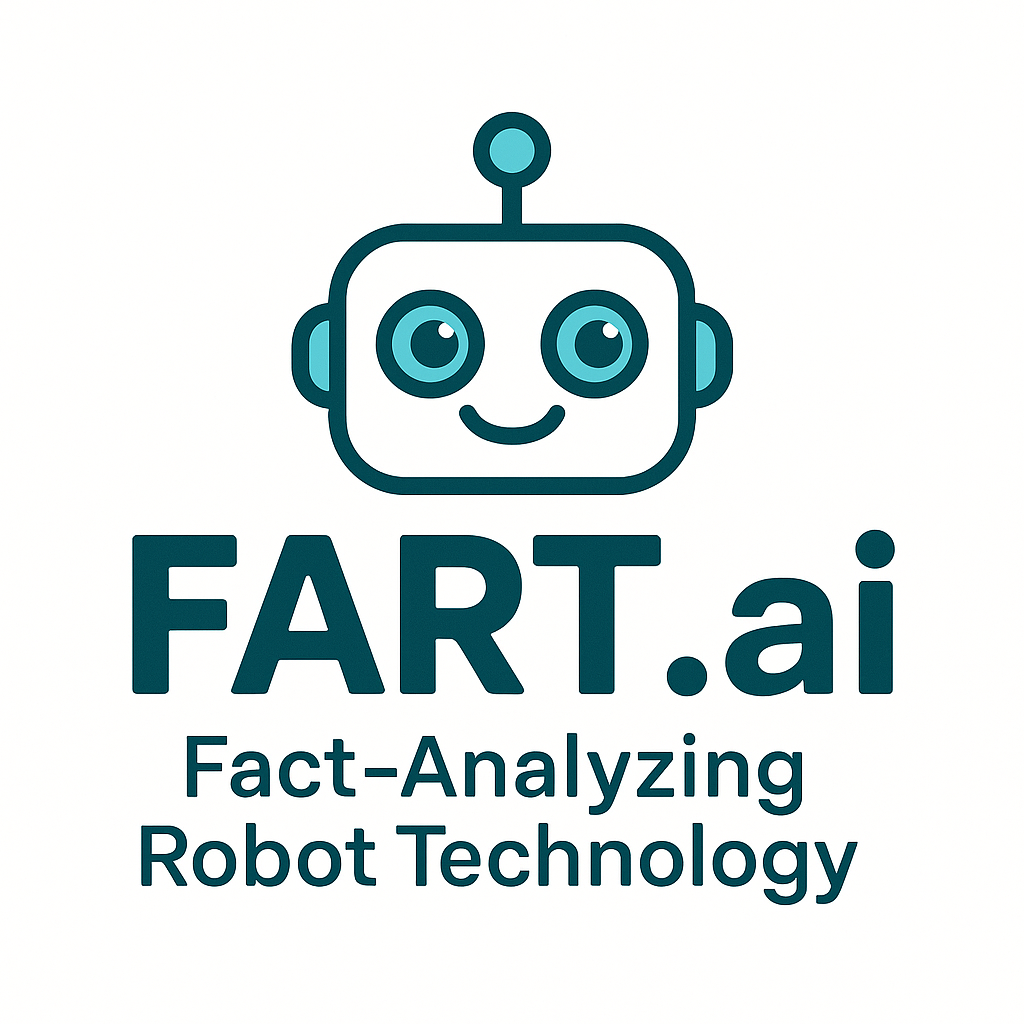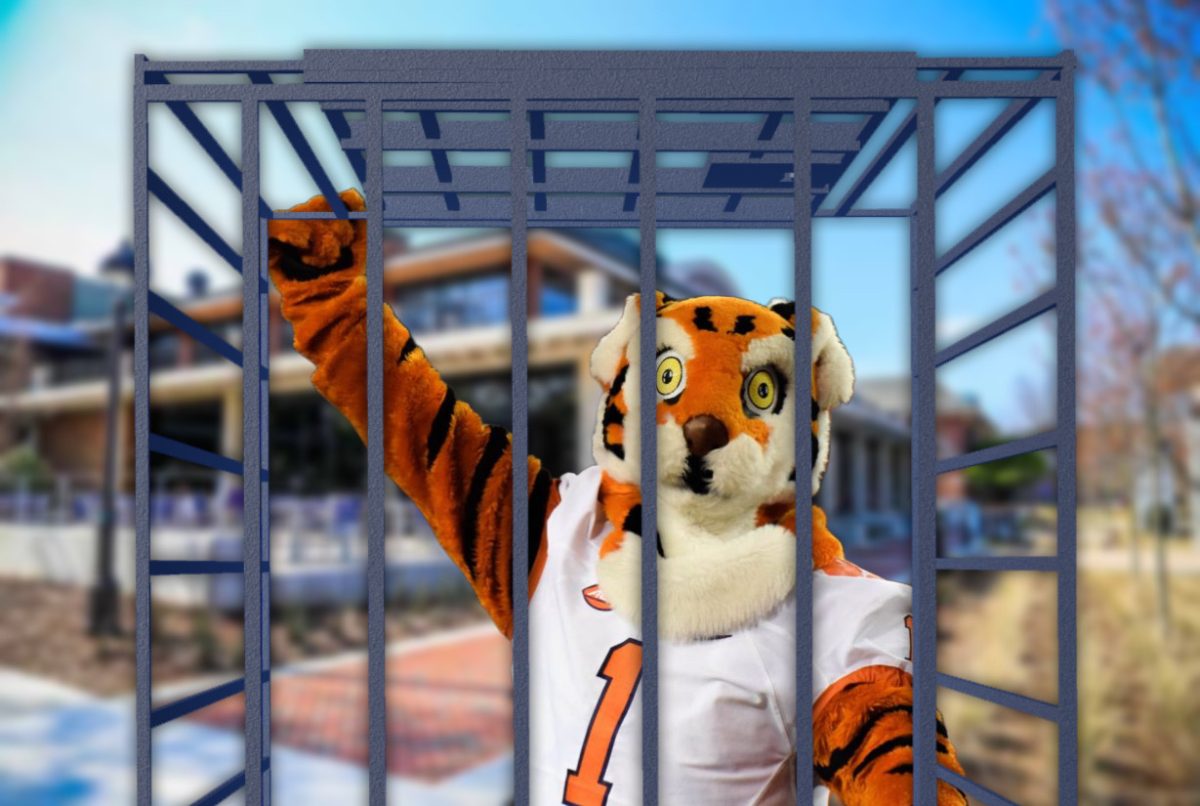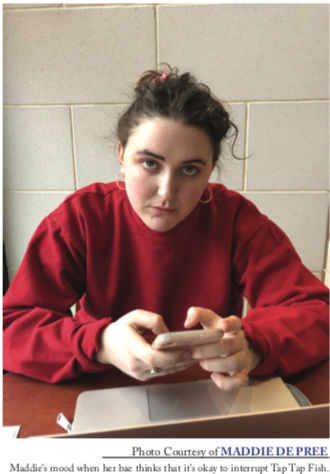
By: Hayley Cunningham, Columnist
Do you know Molly? If you went to a music festival, concert, or rave this summer, chances are you have seen the effect she can have on people. Molly has appeared in rap songs by Kanye West and Rick Ross, was bleeped out of Miley Cyrus’s “We Can’t Stop” at the VMAs, and even received a shout out from Ma- donna, who yelled, “How many people in this crowd have seen Molly?!” during a show in Mi- ami. Molly is getting some unde- sirable attention as well; the drug caused a recent slew of deaths around the country.
Molly is the pure powder or crystal form of Methylenedioxy- methamphetamine (MDMA), the chemical in Ecstasy. A stimulant and a psychedelic, Molly induces an energetic euphoria that lasts a few hours. It, along with a host of other club drugs, are becom- ing increasingly popular, espe- cially among college students who know such substances can make a night at a club even more enjoyable. Unfortunately, drugs like Molly can also make a stu- dent’s night much worse.
MDMA, along with other stimulant drugs, like Metham- phetamine, can cause a wide range of unpleasant, even dead- ly, effects. While MDMA allows music lovers to dance for long periods of time, it also increas- es their risk of dehydration, ele- vates their body temperatures to dangerously high levels, and can cause seizures, comas, and heart or kidney failures. Two days after ingesting MDMA, users usually experience a sharp drop in serotonin levels, resulting in feelings of depression. With re- peated use, such stimulants can lead to paranoia, memory loss, anxiety, psychotic behavior, and even dependence.
On the other end of the spec- trum lie sedative and halluci- nogenic club drugs, like Gam- ma-hydroxybutyrate (GHB), Ketamine, LSD, and Rohypnol. While these can make an ordi- nary concert truly psychedelic, they can also turn a student’s night, or even one’s life, into a nightmare. Sedatives like LSD can be unpredictable with effects differing by the dose, environ- ment, and user. Although it is a sedative, LSD can increase one’s body temperature, heart rate, and blood pressure, inducing weak- ness, numbness, and nausea. Re- peated use can lead to permanent psychosis. Other sedatives like Ketamine live up to their name and depress their users’ central nervous systems, slowing their breathing and heart rates to a deadly slow pace. As with stimu- lant drugs, these depressants can also be addictive.
While raves, concerts, and other music events are often ad- vertised as drug-free, they are one of the most popular locations for drug peddling and use. These substances may be becoming ever more popular among the college crowd, but they are not worth your time, your money, or your life.
Even if you have tried club drugs before and liked the expe- rience, there is no way to guar- antee what effects a drug will have the next time you try it. It is impossible to know what ex- actly you are buying – the dose
and even the chemicals them- selves may not be what the sell- er claims. Even if your drug of choice is “pure,” you can still overdose or die from using it.
If you choose to use club drugs, chances are you won’t be able to recognize when you’ve taken too much and need to seek medical attention. However, it is important to know the signs of overdose so that you can help your friends or even strangers who need assistance. Stimu- lant club drugs like MDMA can cause convulsions, extreme ris- es in body temperature, uncon- trollable movements, impaired speech, and grinding teeth. Sed- atives and hallucinogenic drugs like LSD and Rohypnol can lead to difficulty breathing, confu- sion, tremors, and nausea.
Common club drug para- phernalia can also clue you into whether an individual has been using drugs. Menthol inhalers and surgical masks sprayed with menthol are sometimes used to increase the sensory experience enjoyed by users during intoxi- cation, and pacifiers can be used to prevent the involuntary teeth clenching caused by many of these drugs. If you see someone expressing the previously men- tioned symptoms, falling uncon- scious, or being unable to wake from sleep, it is important to seek medical help right away. If you feel odd, tell a friend immediate- lysothatheorshecankeepan eye on you for signs of drug in- toxication and seek help for you. No drug experience, no matter how euphoric, is worth your life.

